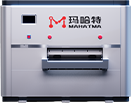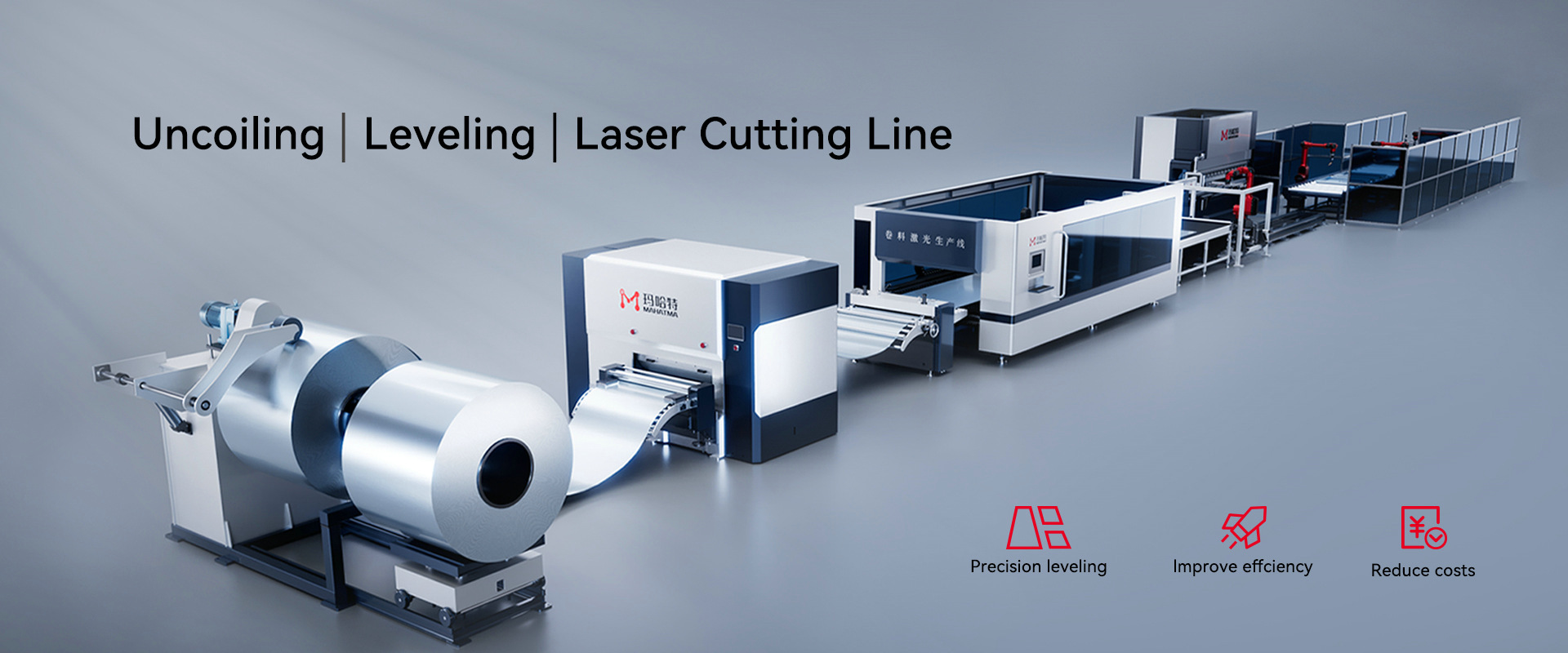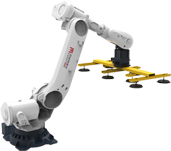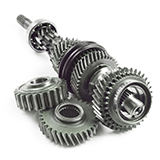In modern metalworking and Sheet Processing, a leveling machine is one of the most important pieces of equipment for ensuring that sheet materials meet the required flatness and surface quality. Traditionally, leveling has been performed using mechanical or manual equipment, but the rise of CNC technology has completely transformed the process.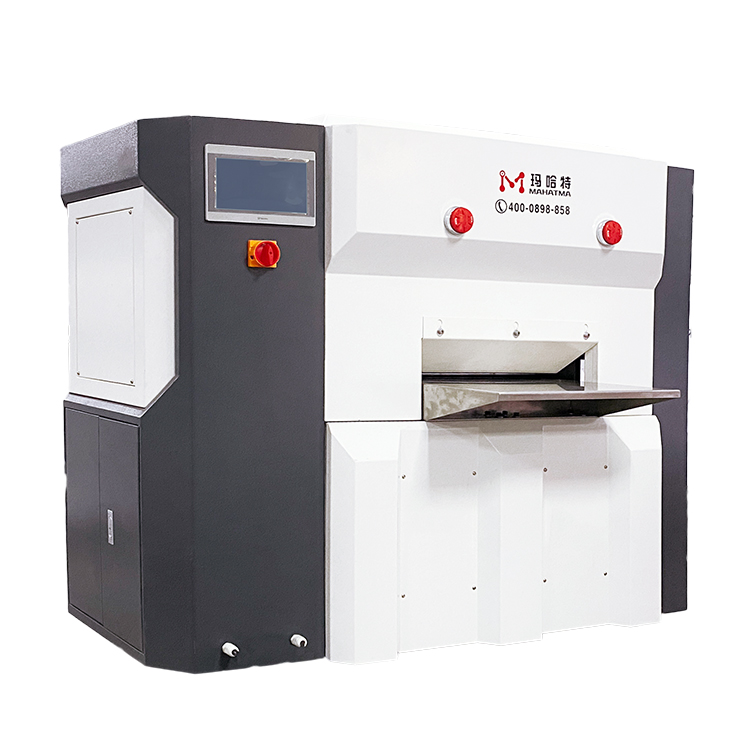
1. What Is a leveling machine?
A leveling machine is designed to remove stress and unevenness in sheet materials by passing them through a series of rollers that gradually bend and unbend the material. The result is a sheet with improved flatness and reduced internal stress, making it easier to cut, weld, and assemble in subsequent production stages.
Traditional leveling equipment relies heavily on manual adjustments, while CNC Leveling Machines use computer numerical control to precisely control roller positions and pressure in real time.
2. Automation: Manual Adjustment vs. CNC Control
Traditional Leveling Equipment
Traditional leveling equipment typically requires skilled operators to manually adjust roller gaps and pressure based on experience. This process can be time-consuming and often leads to inconsistency between batches. For example, when processing sheets with thickness variation of ±0.2 mm, manual operators must frequently stop production to readjust settings, reducing throughput.
CNC Leveling Machines
In contrast, a CNC leveling machine uses servo motors, sensors, and a closed-loop feedback system to automatically adjust roller pressure and position. The CNC controller can store multiple material recipes, meaning that when the operator selects a material type, the machine automatically configures the optimal settings within seconds.
This level of automation reduces setup time by up to 70% and eliminates human error. Production can switch from 1.0 mm mild steel to 3.0 mm stainless steel with minimal downtime, improving overall equipment efficiency (OEE).
3. Precision and Consistency
Traditional Leveling Equipment
Manual leveling machines can achieve reasonable flatness but often struggle to maintain tight tolerances for demanding applications. The resulting flatness variation can be ±1 mm over a 2-meter sheet, which may be acceptable for general fabrication but not for high-precision industries such as aerospace or automotive body panels.
CNC Leveling Machines
A CNC leveling machine can achieve much higher precision thanks to real-time monitoring and servo-controlled adjustments. Modern CNC systems can maintain flatness within ±0.2 mm across the entire sheet, even when input material thickness varies.
Some high-end CNC machines include in-line measurement systems that continuously check sheet flatness and adjust roller positions accordingly. This results in consistent quality across the entire production batch, reducing rework rates and scrap material.
4. Efficiency and Productivity
Traditional Leveling Equipment
Because manual leveling requires frequent stops for adjustment and inspection, production speed is limited. Operators must constantly monitor sheet output, and any variation in input material thickness may require machine stoppage to reset parameters.
Typical line speed for traditional leveling machines is around 5–10 meters per minute, depending on material type and operator skill level.
CNC Leveling Machines
A CNC leveling machine offers much higher throughput. With automatic adjustment and pre-stored parameters, line speeds can reach 20–30 meters per minute without sacrificing flatness quality.
Furthermore, automation allows for continuous production with minimal operator intervention. One operator can supervise multiple machines simultaneously, significantly lowering labor costs.
5. Cost and Return on Investment
At first glance, a CNC leveling machine has a higher upfront cost compared to a traditional manual machine. However, the long-term benefits often outweigh the initial expense:
Reduced Labor Costs: Fewer operators are required, and less training is needed since the CNC system guides the process.
Lower Scrap Rates: Consistent flatness means fewer rejected sheets, reducing material waste.
Shorter Lead Times: Faster setup and higher processing speeds enable just-in-time manufacturing.
Studies show that manufacturers switching to CNC leveling machines can achieve ROI within 12–24 months, depending on production volume.
6. Flexibility and Multi-Material Capability
Traditional leveling machines are usually designed for a specific material range, meaning separate setups are needed when switching from steel to aluminum or copper.
A CNC leveling machine, on the other hand, can store multiple material programs and adjust automatically. This flexibility is crucial for contract manufacturers handling diverse customer requirements.
7. Quality Control and Data Tracking
Another major difference is the ability to collect and analyze process data. CNC leveling machines often integrate with MES (Manufacturing Execution Systems) and allow for real-time data logging, which supports traceability and quality assurance.
Traditional machines rarely have this capability, which makes quality control dependent on manual inspections.
8. Maintenance and Downtime
While both types of machines require regular lubrication, roller inspection, and cleaning, CNC machines offer predictive maintenance alerts. The control system can notify operators of bearing wear, abnormal loads, or roller misalignment before a breakdown occurs.
Traditional leveling equipment relies on scheduled maintenance or operator observation, which may lead to unexpected downtime and production delays.
9. Operator Skill Requirements
Operating a traditional leveling machine requires experienced personnel who can “feel” and “see” material flatness. This reliance on skilled labor can become a bottleneck, especially when hiring experienced operators is difficult.
CNC leveling machines simplify this process. The operator mainly loads material, selects the appropriate program, and monitors production, reducing dependency on human expertise and enabling faster workforce training.
10. Summary: Why Choose CNC Leveling Machines
When comparing CNC leveling machines with traditional leveling equipment, the advantages of CNC systems are clear:
Higher Automation – Automatic setup, recipe storage, and closed-loop control.
Better Precision – Flatness tolerances within ±0.2 mm or better.
Greater Efficiency – Production speeds up to three times higher.
Lower Costs – Reduced labor, scrap, and downtime.
Improved Quality – Consistent results and digital data tracking.
For manufacturers aiming to meet modern production demands, investing in a CNC leveling machine can significantly improve competitiveness and profitability.
Conclusion
The choice between a traditional leveling machine and a CNC leveling machine ultimately depends on production requirements, part tolerances, and desired efficiency. For high-volume, precision-driven industries, CNC machines provide a significant technological advantage by combining automation, consistency, and flexibility.
As Industry 4.0 continues to shape manufacturing, CNC leveling machines will become a cornerstone of smart production lines, helping companies reduce costs, improve quality, and remain competitive in a global market.

